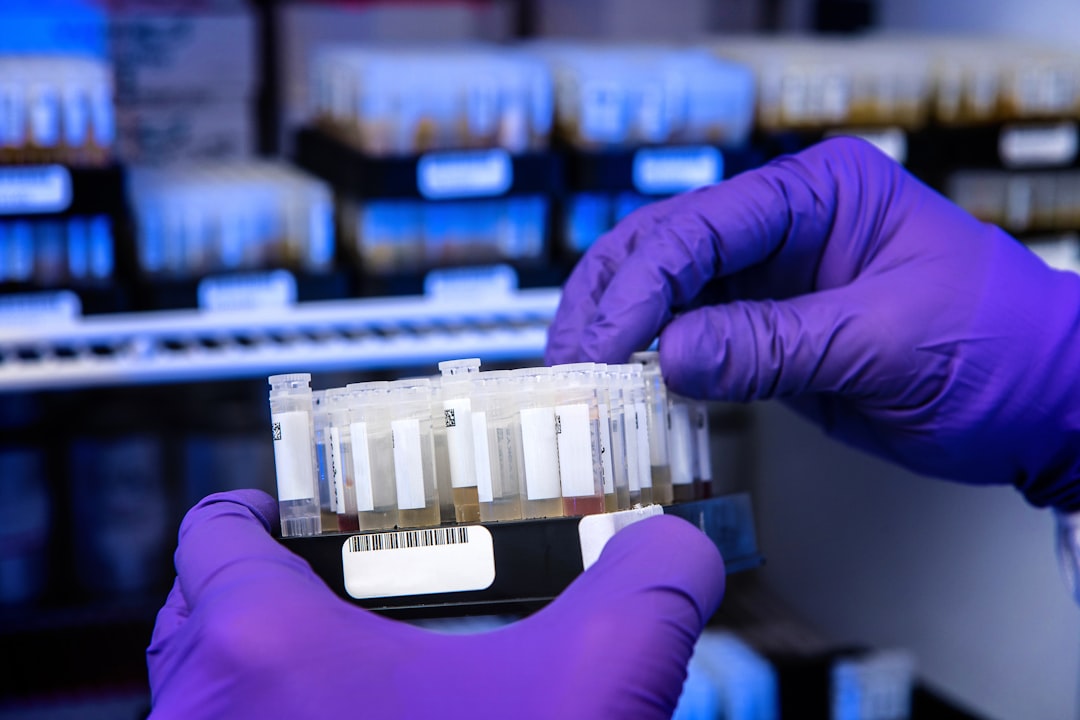What is it about?
In the Kingdom of Saudi Arabia (KSA), millions of Muslims come to perform Pilgrimage every year. Around one million ton of municipal solid waste (MSW) is generated in Makkah city annually. The collected MSW is disposed of in the landfills without any treatment or energy recovery. As a result, greenhouse gas (GHG) emissions and contamination of the soil and water bodies along with leachate and odors are occurring in waste disposal vicinities. The composition of MSW shows that food waste is the largest waste stream (up to 51%) of the total generated MSW. About 13% of the food waste consists of fat content that is equivalent to about 64 thousand tons per year. This study aims to estimate the production potential of biodiesel first time in Makkah city from fat/oil fractions of MSW and highlight its economic and environmental benefits. It has been estimated that 62.53, 117.15 and 6.38 thousand tons of biodiesel, meat and bone meal (MBM) and glycerol respectively could be produced in 2014. A total electricity potential of 852 Gigawatt hour (GWh) from all three sources based on their energy contents, Higher Heating Value (HHV) of 40.17, 18.33 and 19 MJ/kg, was estimated for 2014 that will increase up to 1777 GWh in 2050. The cumulative net savings from landfill waste diversion (256 to 533 million Saudi Riyal (SAR)), carbon credits (46 to 96 million SAR), fuel savings (146 to 303 million SAR) and electricity generation (273 to 569 million SAR) have a potential to add a total net revenue of 611 to 1274 million SAR every year to the Saudi economy, from 2014 to 2050 respectively. However, further studies including real-time data about annual slaughtering activities and the amount of waste generation and its management are critical to decide optimum waste management practices based on life cycle assessment (LCA) and life cycle costing (LCC) methodologies.
Featured Image
Read the Original
This page is a summary of: Biodiesel production potential from fat fraction of municipal waste in Makkah, PLoS ONE, February 2017, PLOS,
DOI: 10.1371/journal.pone.0171297.
You can read the full text:
Contributors
The following have contributed to this page










